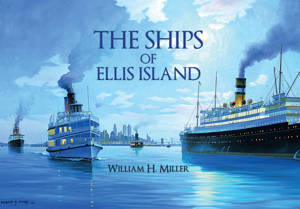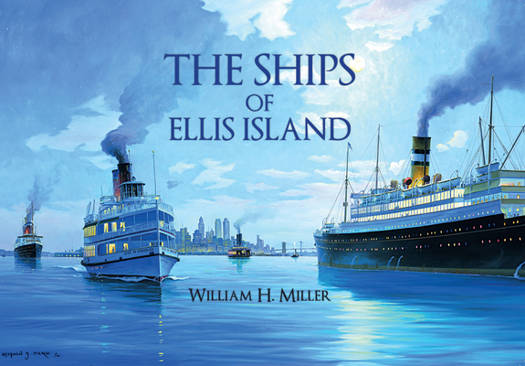
- Afhalen na 1 uur in een winkel met voorraad
- Gratis thuislevering in België vanaf € 30
- Ruim aanbod met 7 miljoen producten
- Afhalen na 1 uur in een winkel met voorraad
- Gratis thuislevering in België vanaf € 30
- Ruim aanbod met 7 miljoen producten
Zoeken
Omschrijving
The federal immigration station on Ellis Island, in Upper New York Bay, opened on 1 January 1892. In the peak years of immigration to the United States, between 1905 and 1914, an average of 1 million people were processed each year at Ellis Island, the peak coming in 1907, when on 17 April alone over 11,000 migrants passed through the station on their way to a new life. After the First World War, a series of Immigration Acts, especially that of 1924, dramatically reduced the numbers passing through Ellis Island. During the peak years of immigration, migrants constituted the main source of revenue for transatlantic steamship companies sailing to New York from ports across Europe, from Trieste in the Adriatic to Queenstown on the coast of Ireland (now Cobh). They travelled in ships of all sizes, from the massive prestige liners of Cunard and the White Star Line down to much smaller vessels. In this book, ocean liner expert William H. Miller looks at the ships of Ellis Island.
Specificaties
Betrokkenen
- Auteur(s):
- Uitgeverij:
Inhoud
- Aantal bladzijden:
- 128
- Taal:
- Engels
Eigenschappen
- Productcode (EAN):
- 9781445651620
- Verschijningsdatum:
- 15/03/2016
- Uitvoering:
- Paperback
- Formaat:
- Trade paperback (VS)
- Afmetingen:
- 168 mm x 246 mm
- Gewicht:
- 408 g

Alleen bij Standaard Boekhandel
+ 55 punten op je klantenkaart van Standaard Boekhandel
Beoordelingen
We publiceren alleen reviews die voldoen aan de voorwaarden voor reviews. Bekijk onze voorwaarden voor reviews.











